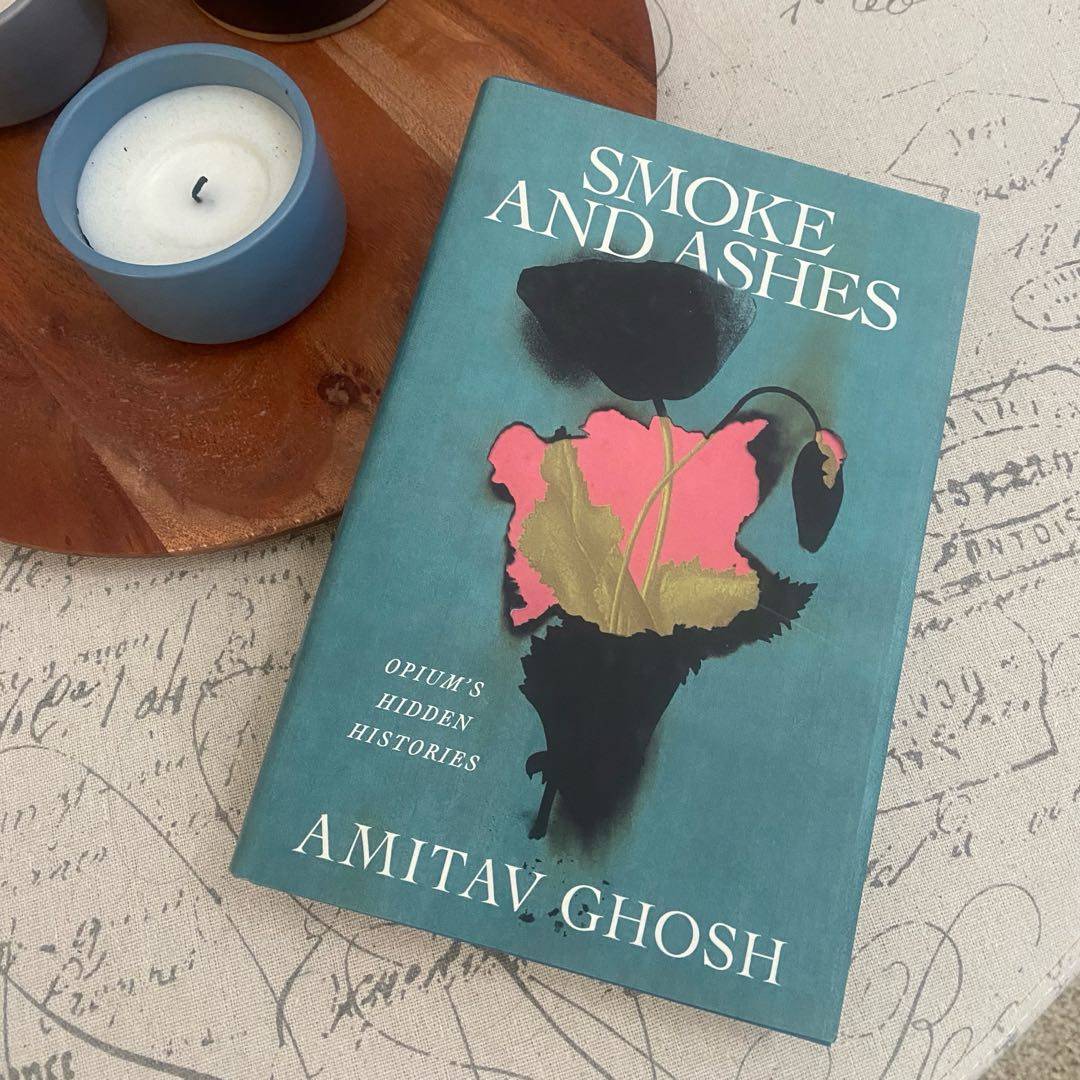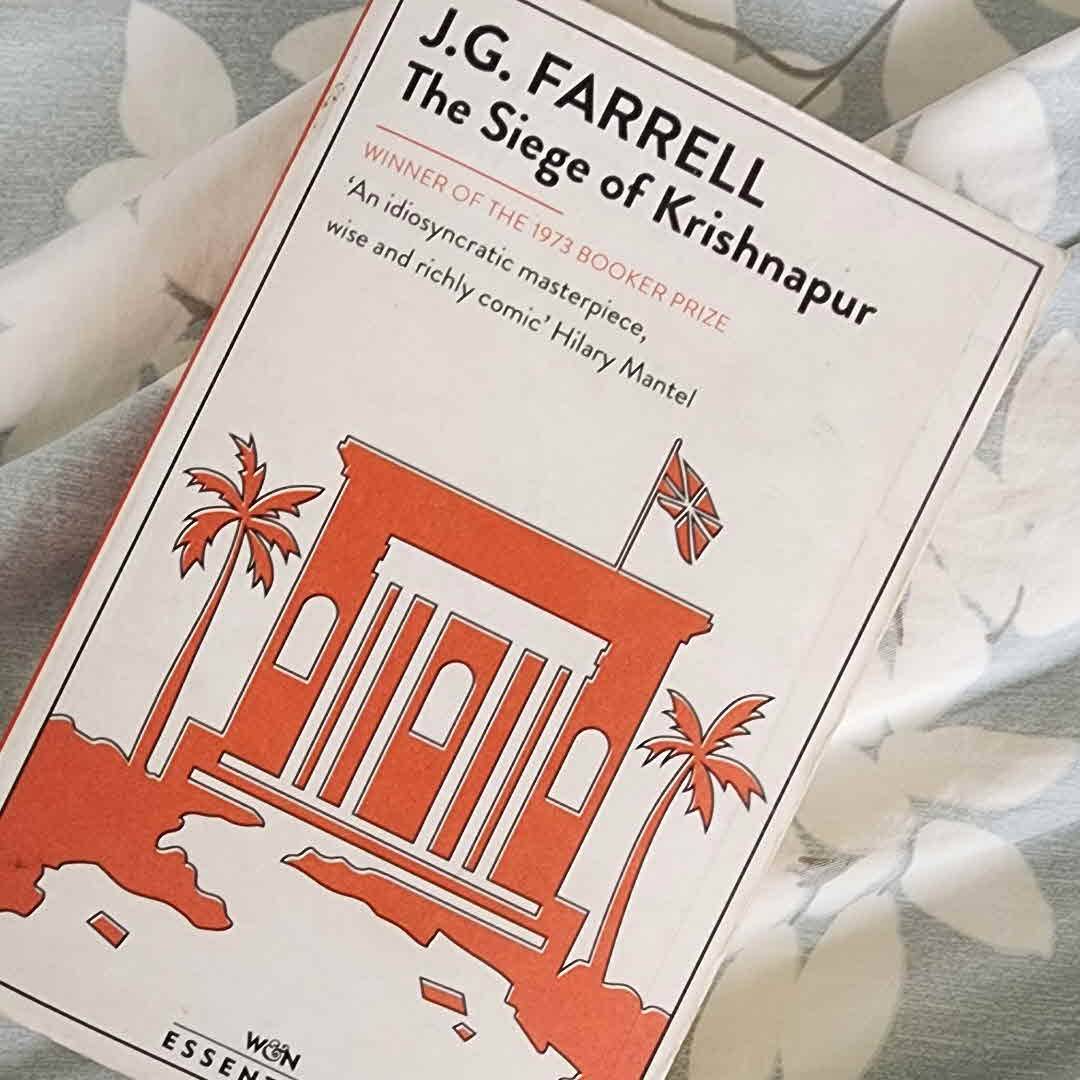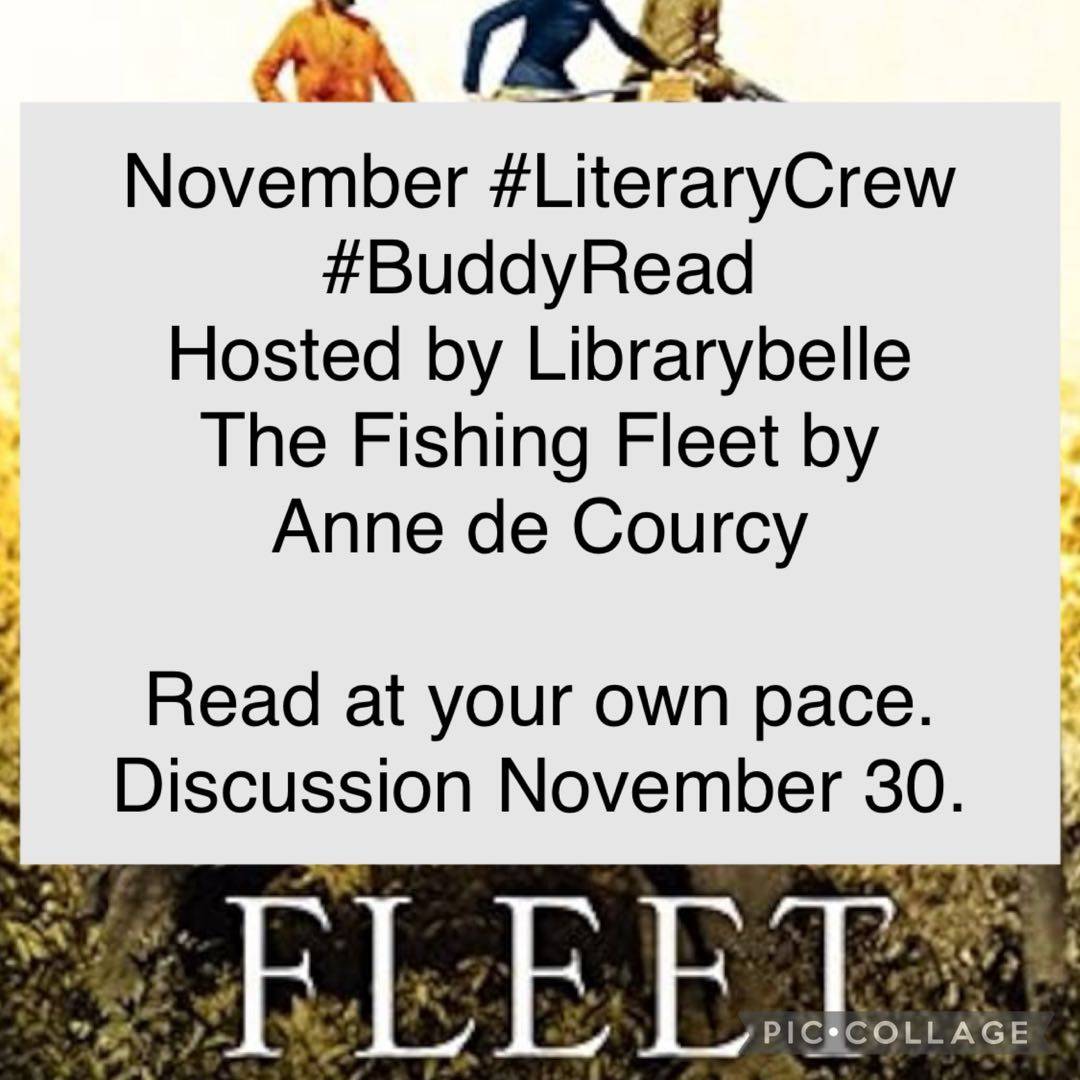
Informative. Mostly focuses on India and China (and colonialism) but also covers a lot of time and a few other places.

Informative. Mostly focuses on India and China (and colonialism) but also covers a lot of time and a few other places.
A well researched book on the opium plant and its impact on all aspects of society during the eighteen and nineteenth century. It was this plant that provided a lion share of the capital needed for European colonization. A lot of the wealthiest Americans made their fortune from this trade before they diversified into other ventures.

I did not expect this book to be as dark and witty as it was. A portrayal of the Indian mutiny on the fictional town of Krishnapur.
It is from the viewpoint of white men but in bits shows that the author had an understanding of the complications of the British empire.

#LiteraryCrew discussion time! I have 5 questions posted as spoilers. These can be found on my feed, the book‘s feed, or searching the group hashtag.
Please feel free to visit the questions whenever you like. This time, there are several links for more information.
December‘s book is Kaia Alderson‘s Sisters in Arms. The official post will go up tomorrow!
5. I would be remiss not to mention the relations between British men and Indian women. As detailed by de Courcy, while the initial British occupation had looser laws and regulations, by the mid-nineteenth century, the British strictly forbade couplings.
However, we all know what can happen...
The lasting legacy of Anglo-Indian descendants is complicated. Article from the Royal Historical Society linked below. #LiteraryCrew #BuddyRead
4. de Courcy details the climate, vegetation, and bugs (shudders!) that faced the British women upon arrival. Moldy shoes within 24 hours! I cannot imagine (I am not a fan of the heat and humidity).
Victorian social mores also restricted women from adopting cooler clothing. The part about flannel was shocking.
de Courcy also mentions coping mechanisms used. Any stand outs for you? #LiteraryCrew #BuddyRead
3. de Courcy uses diaries and letters from women who made the journey to India as well as military and government men stationed in India. Did any story stand out to you? Anything surprise you? #LiteraryCrew #BuddyRead
2. One of the criticisms regarding the scope of this book is de Courcy's focus only on husband-seeking aristocratic women. But, women traveled to India for other opportunities. Link to an article (hopefully not a paywall) in which an Indian news agency interviews another British author about her research into British women in India.
Focusing on the main point of this book, were you familiar with the “Fishing Fleet?“ #LiteraryCrew #BuddyRead
1. de Courcy's nonfiction account follows aristocratic women on their trek to British occupied India in the nineteenth and twentieth centuries.
First, let's look at the history of this time. How familiar are you with what is termed the British Raj?
Two sources to read: One looks at the British impact on India from an Asian studies standpoint, & the other is a brief article from the BBC. Links in comments. #LiteraryCrew #BuddyRead